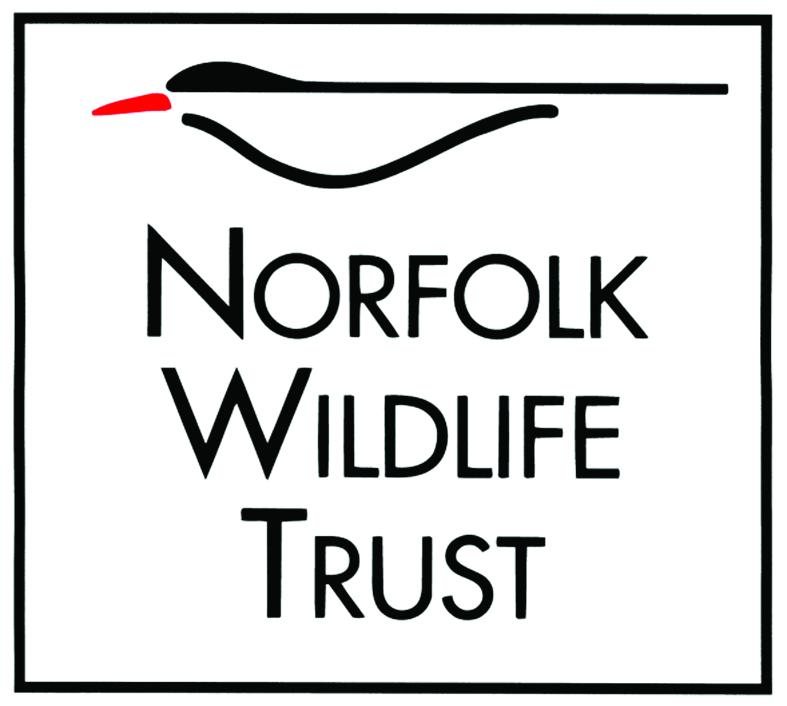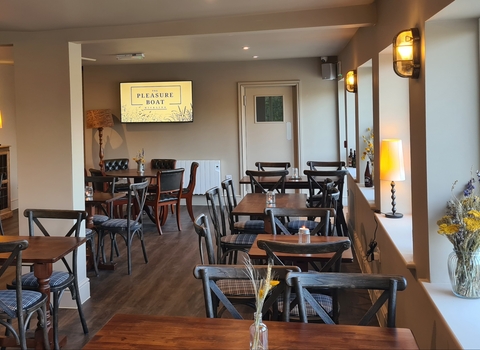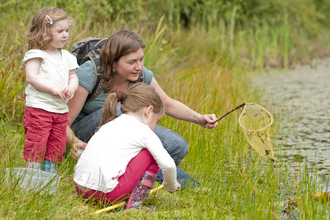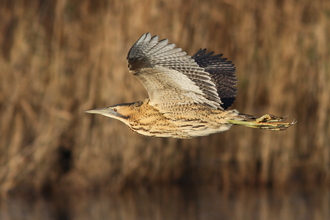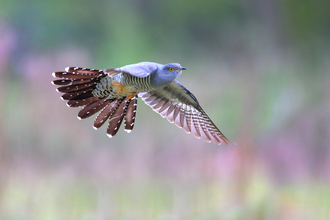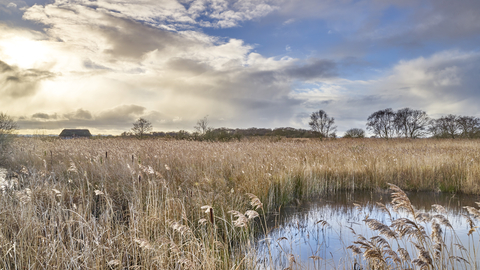
Reedbed at Hickling (credit: Richard Osbourne)
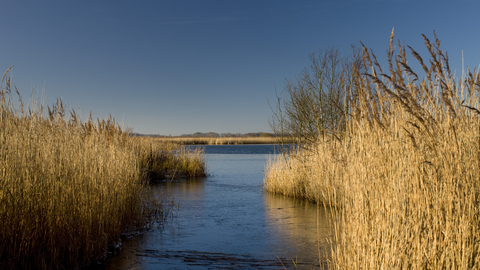
Hickling Broad and Marshes (credit: Richard Osbourne)
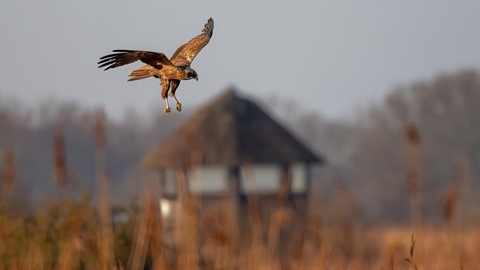
Marsh harrier at Hickling (credit: Jon Kelf)
Hickling Broad and Marshes
Location
OS Map Reference
TG 427 221View on What3Words
Know before you go
Dogs
No dogs permitted on reserve or in visitor centre apart from assistance dogs. Dogs permitted on Public Right of Way. Dogs on a lead on all other paths.
When to visit
Opening times
Reserve: Dawn till dusk, every day, all year round.Visitor centre: March to last Sunday in October: 10am – 5pm.
Last Monday in October to end of February: 10am – 4pm (closed Christmas Eve and Christmas Day).
Please note the café closes half an hour before the centre.
Best time to visit
All year roundAbout the reserve
An important part of the wider Broadland landscape, Hickling is a haven for many of the UK’s rarest animals and plants.
Home to Britain’s largest butterfly – the swallowtail – as well as birds such as bittern, common crane, and a wide variety of fenland plants. With its wide open skies, reedbeds, woodland and unspoilt landscape, it offers a perfect place for a walk any time of year.
It’s easy to spend a day exploring Hickling's mix of boardwalk, grass, and gravel trails. Or gently while away a couple of hours taking in the Broad’s hidden corners on our guided wildlife boat trips.
Viewing points allow fantastic vistas across the marshes and the open water of the broad itself, providing an opportunity to see marsh harriers, great crested grebe and flocks of winter wildfowl.
Spring is alive with birdsong: cuckoos call from willow scrub, bitterns boom in the reedbeds, and an array of warblers sing from dawn to dusk. The spring sees tumbling marsh harriers in azure skies, spoonbills feeding on the flooded pools, and egrets stalking along the dyke edges. If you’re lucky, you may find a pair of cranes leading a newly hatched chick through one of our marshes.
In early summer, the beautiful swallowtail butterflies emerge, joined by Norfolk hawker dragonflies and a host of other colourful and fascinating insects. The fen mason wasp, once considered extinct in the UK, can be found along the paths. The reserve bursts with the vivid hues of fenland flowers and its bays and channels contain many types of aquatic plants, some of which are extremely scarce.
In late summer and early autumn, Hickling is an important staging-post for migrating birds, with a variety of waders using Brendan’s Marsh on the eastern side of the reserve as a place to rest and feed. Birdwatchers can be delighted by the many rare vagrants that frequently drop in.
Winter is just as vibrant. The marshes are brimming with wildfowl, flocks of bearded tits repeat their ‘pinging’ call through the reeds, and huge skeins of wild geese fill the leaden sky. At twilight, a trip to the lookout platform at Stubb Mill raptor roost may reward you with harrier, merlin and ‘bugling’ crane.
Traditional reed cutting is still carried out at Hickling, both as a commercial harvest and as part of our wildlife conservation work to maintain the ancient Broadland landscape. Our work to conserve the reedbed makes the reserve an important site for the protection of many rare wetland species.
Contact us
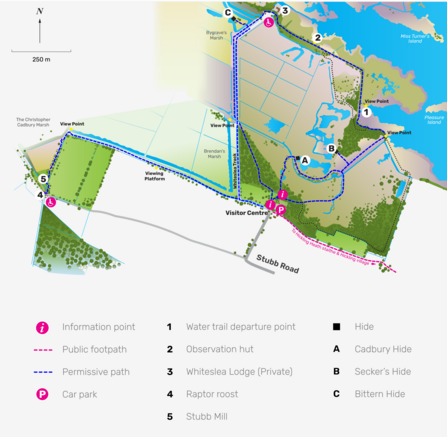
Seasonal highlights
All year round
Birds: common crane, marsh harrier, bearded tit.
Spring
Birds: bittern, cuckoo, warblers.
Summer
Birds: spoonbill.
Invertebrates: swallowtail butterfly, Norfolk hawker dragonfly.
Autumn
Birds: migrant waders.
Winter
Birds: wildfowl.
